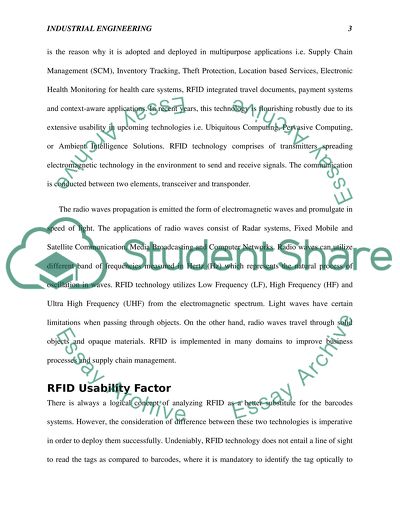Cite this document
(“RFID Impact on Supply Chain Management Research Paper”, n.d.)
Retrieved from https://studentshare.org/family-consumer-science/1411503-rfid-impact-on-supply-chain-management
Retrieved from https://studentshare.org/family-consumer-science/1411503-rfid-impact-on-supply-chain-management
(RFID Impact on Supply Chain Management Research Paper)
https://studentshare.org/family-consumer-science/1411503-rfid-impact-on-supply-chain-management.
https://studentshare.org/family-consumer-science/1411503-rfid-impact-on-supply-chain-management.
“RFID Impact on Supply Chain Management Research Paper”, n.d. https://studentshare.org/family-consumer-science/1411503-rfid-impact-on-supply-chain-management.


